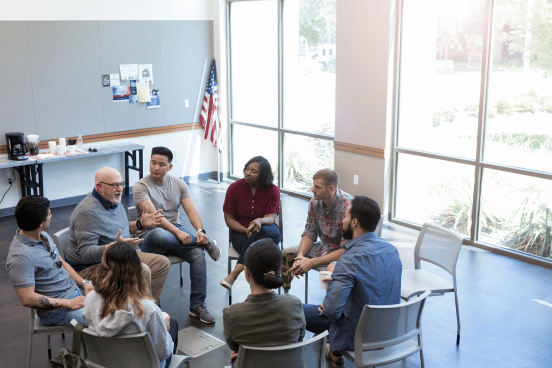Depending on the situation and the context, a Scrum Master might switch between teaching, mentoring, coaching, and facilitation. These are some the the stances a Scrum Master might take and below is a brief description of the difference between teaching, mentoring, coaching, and facilitation:
- Teaching is about knowledge sharing. A Scrum Master has some knowledge to share with the team and shares that information. The Scrum Master is the team’s Scrum Expert and this knowledge typically revolves around Scrum benefits, values, principles, and practices.
- Mentoring goes beyond knowledge sharing and into knowledge transfer. A Scrum Master knows a particular topic and technique and mentors someone so that now the mentee knows the topic and is more capable. Mentoring typically involves showing someone how to do something by demonstrating it first, doing it together, having the mentees do it while the Scrum Master guides them through it step by step, having the mentees do it on their own while the Scrum Master observes and helps out if they get stuck, and finally having the mentees do it on their own and reach out to the Scrum Master should they need help.
- Coaching is not about knowledge sharing or knowledge transfer. The knowledge that the Scrum Master has about a particular topic is not relevant. When coaching someone, the coachee has all the necessary knowledge to solve the problem at hand but is unable to. The Scrum Master helps by asking the coachee the right questions to better define the problem, assess possible root causes, brainstorm possible solutions, assess the pros and cons of each option, and pick the best possible action item to go forward with. All of these are determined by the coachees themselves as the Scrum Master guides them through it.
- Facilitation is also not about knowledge sharing or knowledge transfer and the knowledge that the Scrum Master has about the topic is not relevant. A Scrum Master helps a group of people with different opinions and ideas speak up, listen to each other, assess the situation, figure out the best approach, and agree on a path forward. All of these are determined by the members of the group as the Scrum Master guides them through it.
